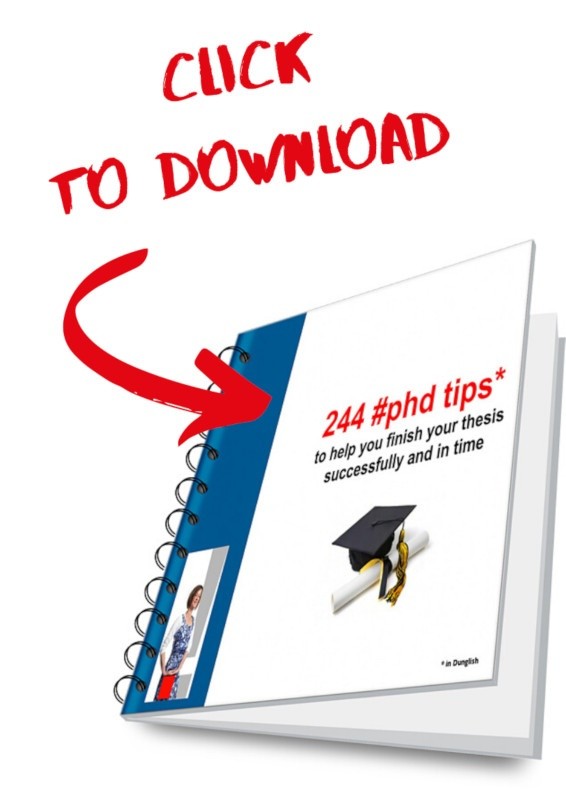Revising is not an easy task. There is so much to pay attention to in your text. Spelling, grammar, your ideas, your argumentation, paragraphs, references, charts, explanation of the charts, the way you are presenting your results. Consequently, you can’t see the wood for the trees.
Handy tips
In this Dutch blog I have written about revising, specifically about the argumentation of your text. You can find a checklist in this blog. I have also explained why you should divide your writing process into direct writing and quick revising.
A checklist
In Bryan Greetham’s book How to write better essays, I came across a handy checklist for revising. The most important part of revising is to divide the process into rounds and don’t do everything in one go.
First round – the reading test
- Not only you read your text aloud, but you let somebody read it to you. Highlight the parts which don’t run smoothly. You can check them later to fix it.
Second round – structure
- Check the introduction
- Are the implications clear?
- Did I miss anything?
- Is the structure of my text clear and what are my previews in the text?
- Check the structure
- Are the contents in a logical order?
- Are the transitions between the paragraphs fluid?
- I haven’t forgotten any transitions?
- Does every key phrase clarify the subject of the paragraph?
- Check the argumentation
- Is the argumentation clear?
- Has the argumentation been adequately addressed?
- Have the introduction’s implications been translated in the argumentation?
- Has the argumentation been substantiated sufficiently?
- Is the substantiation too extensive maybe?
- Is the substantiation relevant?
- And is the substantiation specific enough?
- Check the conclusion
- Are introduction and conclusion interrelated?
- Did I check no new insights are introduced in the conclusion?
- Have I proven what I promised in the introduction?
In this blog you can read more about the distinction between discussion and conclusion. And here you can find out more about writing your introduction.
Third round – the details
- Check the details
- Are the contents correct?
- No errors in grammar, interpunction, and spelling?
- Is it clear which ideas are mine and which are others’?
- Have I checked all sources and references?
- Is the bibliography complete?
Fourth round – style
- Are there any unnecessary items in the text?
- Are the sentences too long?
- Are any words too long?
- Is the text written in an active way?
- Have I not used too many nominalizations?
This checklist is mainly intended for essays, but of course, you can also use it for your thesis.






Thanks for this Arjenne, it is super helpful!
Thank you very much! This is very informative and helpful.
You’re most welcome Jan
You’re very welcome Ben!